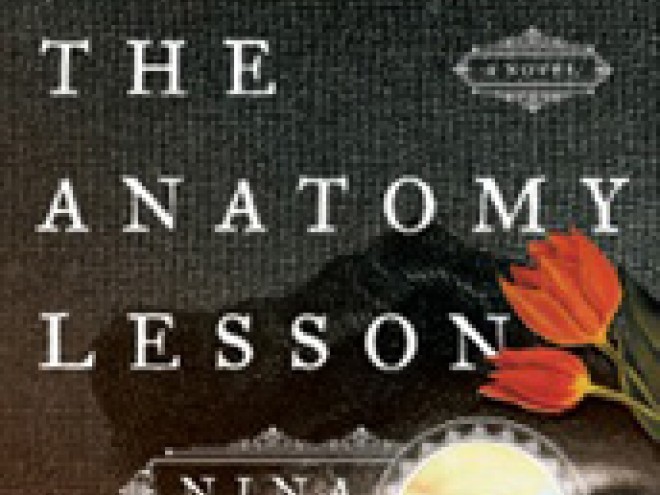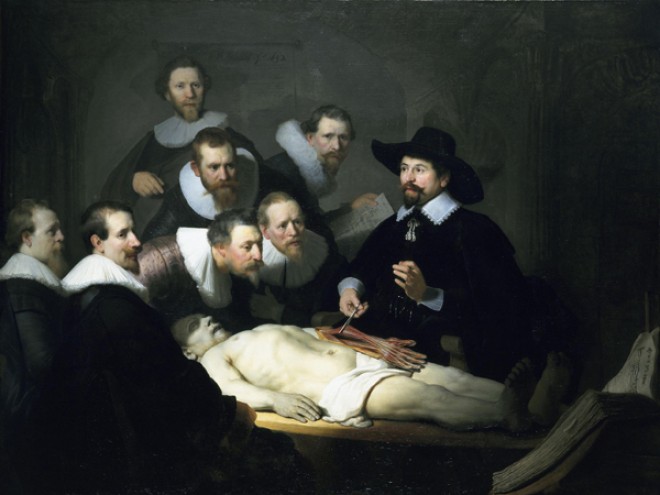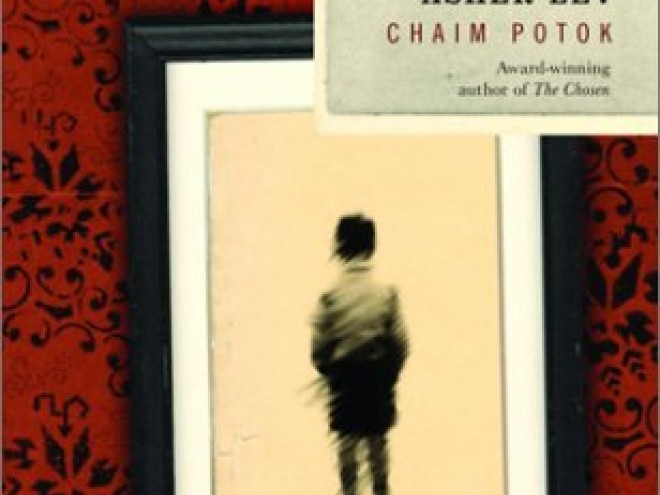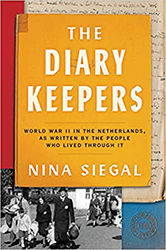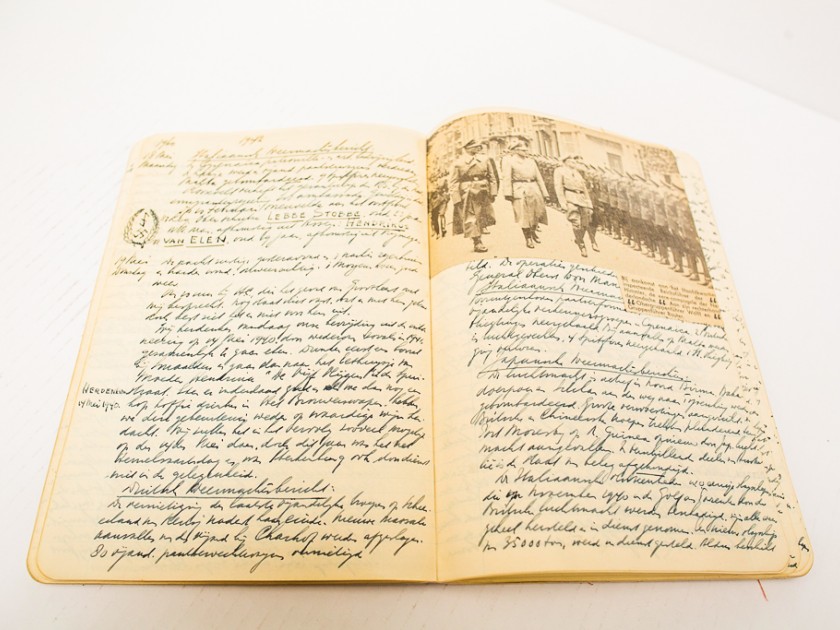
Photo courtesy of the author
As the daughter of a Holocaust survivor who spent her Hungarian childhood in hiding, I am not entirely surprised that I was drawn to the diary of Anne Frank as a girl. I couldn’t help noticing that my mother’s face in war-era photos bore a striking resemblance to Anne’s: black bob, bright eyes, and glint of intelligent mischief in her smile.
What was far less likely was that I would end up living around the corner from Anne Frank’s hiding place, in the attic of Prinsengracht 263 in Amsterdam, and that I would bike past it while taking my own Jewish daughter to school.
This daily trip took on an increasing poignancy for me over the past three years, as I delved into an extraordinary collection of World War II journals from the Netherlands for my new book, The Diary Keepers: World War II As Written by the People Who Lived Through It, forthcoming from Ecco/Harper Collins. The collection, housed at the NIOD Institute for War Holocaust and Genocide Studies, contains more than 2,100 diaries gathered in the immediate postwar period.
I began exploring the diaries in 2019 for a particular purpose: I wanted to understand how the Netherlands, a famously tolerant country, known for welcoming Jews as early as the sixteenth century, had lost a greater proportion of its Jewish population to the Holocaust than any other Western European nation. Indeed, about seventy-five percent of Dutch Jews died in Nazi concentration camps, a striking difference from neighboring Belgium, where the proportion was forty percent, or France, where it was twenty-five percent. Of about 140,000 Dutch Jews registered in the Netherlands in 1941, 102,200 were murdered in the camps. This happened at an extraordinary pace: the Netherlands was declared “Jew-free” within an astonishing fifteen months, from July 1942 to September 1943.
Anne Frank’s diary had not given me a way to understand these facts. On the contrary, the book had somehow left me with the impression that the Netherlands had protected its Jews and resisted the German Nazi ideology. Anne Frank, who was born in Germany, would never know the fate of the Jewish population in her adopted homeland, nor would she write in her diary once she was arrested in August 1944 and then deported and killed. She was not the one to tell that story. But there were others who could, and did.
Anne Frank, who was born in Germany, would never know the fate of the Jewish population in her adopted homeland, nor would she write in her diary once she was arrested in August 1944.
I chose seven diaries from the NIOD collection, all of which illuminated some aspect of the war and its persecution of the Jews. Each diary gave me an entry point to explore larger contextual questions: Why did the Amsterdam Jewish Council act as it did? What motivated ordinary Dutch police officers to round up Jewish citizens? What was it like to spend months at a transit camp in the damp, cold north of the Netherlands, waiting for transport to “the East?” What kind of circumstances made it possible for a grocery store owner in Epe to resist and save lives?
Placing these diverse narratives together in chronological order led to some unexpected convergences. A seventeen-year old office clerk recalls how she and other factory workers tried to overturn a tram car with their bare hands during a general strike. A police officer and member of the Dutch Nazi party, the N.S.B., turns the same corner moments later and sees the crowd disperse. A Jewish resistance fighter describes the glory of victory after a day of street-fighting Nazi thugs, but a few days later hears the police climbing his hallway stairs.
The more stories we can access, the clearer picture we have of what happened in World War II in the Netherlands. The diary keepers inform us of what it felt like, from the inside. Do I have an answer now to the question of why the Dutch Jews suffered such a terrible fate, compared to other Western European Jews? No. But I have a much broader perspective.
Now, when I cycle past Anne Frank’s former hiding place, with my child in tow, I wonder if the millions of people who make pilgrimages here to learn her story will want to learn these other stories, too, to place her narrative in the larger context of the Dutch Holocaust — a story she never got to tell.
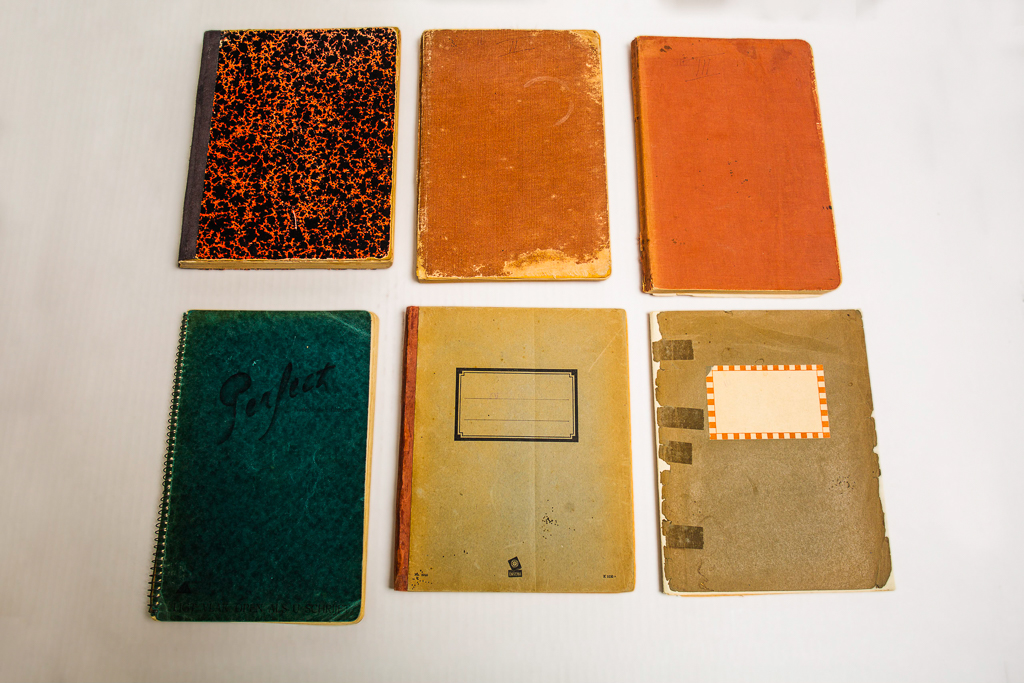
Photo courtesy of the author
Nina Siegal received her MFA in fiction from the Iowa Writers’ Workshop and was a Fulbright Scholar. She has written for the Wall Street Journal and the New York Times, among other publications. She lives in Amsterdam.
